A Look Into The Data
Recently, we took a look at a data set to get an idea of who did what, how long, and how much using the Compliance Engine. The Compliance Engine "flagged" line items that triggered rules from 3 different categories: Billing Hygiene, Workflow Efficiency, and Staffing. The flags are based on data analysis, industry benchmarks and generally accepted guidelines.
The Data Set
The data set consisted of 90+ law firms where partners and associates/senior associates consisted the majority of position as expected. The high percentage of partners and associates also correlated to the majority of fees billed by those positions.
Timekeeper Positions
Total Fees by Position
Below is a look at how firms performed on the total number of flags vs total spend (what was billed out).
Insights
First, we wanted to see the most common flags analyzed by the Compliance Engine. Most of the flags fell under the category of Workflow Efficiency (e.g. Increment Billing, Chipping, Office Communication) with the exception of Round Hour and Vague Entries.
Increment Billing, the most common flag from the data set, are tasks recorded in multiple time entries usually in small increments. Common activities include "Review" and "Prepare."
The Skills Mismatch – Overqualified flag is applied to an activity that falls below a timekeeper’s experience level. For example, a partner working on a draft memo for 3 hours would be considered a skills mismatch and, possibly, incur a higher cost to a client. This is a trickier flag because some of our clients approve of Partners performing drafting activities or reviewing files despite the Compliance Engine flagging those activities.
Next, we wanted to know what the most common activities were. The three most common activities across all matters in the data set involved "Review", "Analysis", and "Preparation".
Total Hours for Common Activities Across All Positions
“Preparation” activities averaged 2.2 hours across all positions while “analysis” activities averaged 1.89 hours and “Review” averaged 1.58 hours. These activities encompassed various stages and cycles of a matter.
Some other insights we gathered from the data:
30% of senior timekeeper entries (partner, senior counsel, etc.) involve an internal office conference. Internal office conferences can include meetings and teleconferences with colleagues or other staff members.
20% of all line item entries involved e-mail communication and 11% of the e-mail communications were flagged for Communication Inspecificity. Communication Inspecificity is when outside counsel's time entries regarding electronic or telephonic communications do not identify the subject matter of the communication.
Over 30% of Skills Mismatch – Overqualified flags involved “review” activities with 60% of the flags attributed to timekeepers with the title of “Partner.”
These are just some of the insights we can surface from your legal billing data. Quantifying work that has been performed paints a clearer picture and help inform future performance. Our technology can help law departments and law firms make informed decisions through data analysis. If you think we can help you with your legal spend and billing data please contact us at [email protected] or go here.






